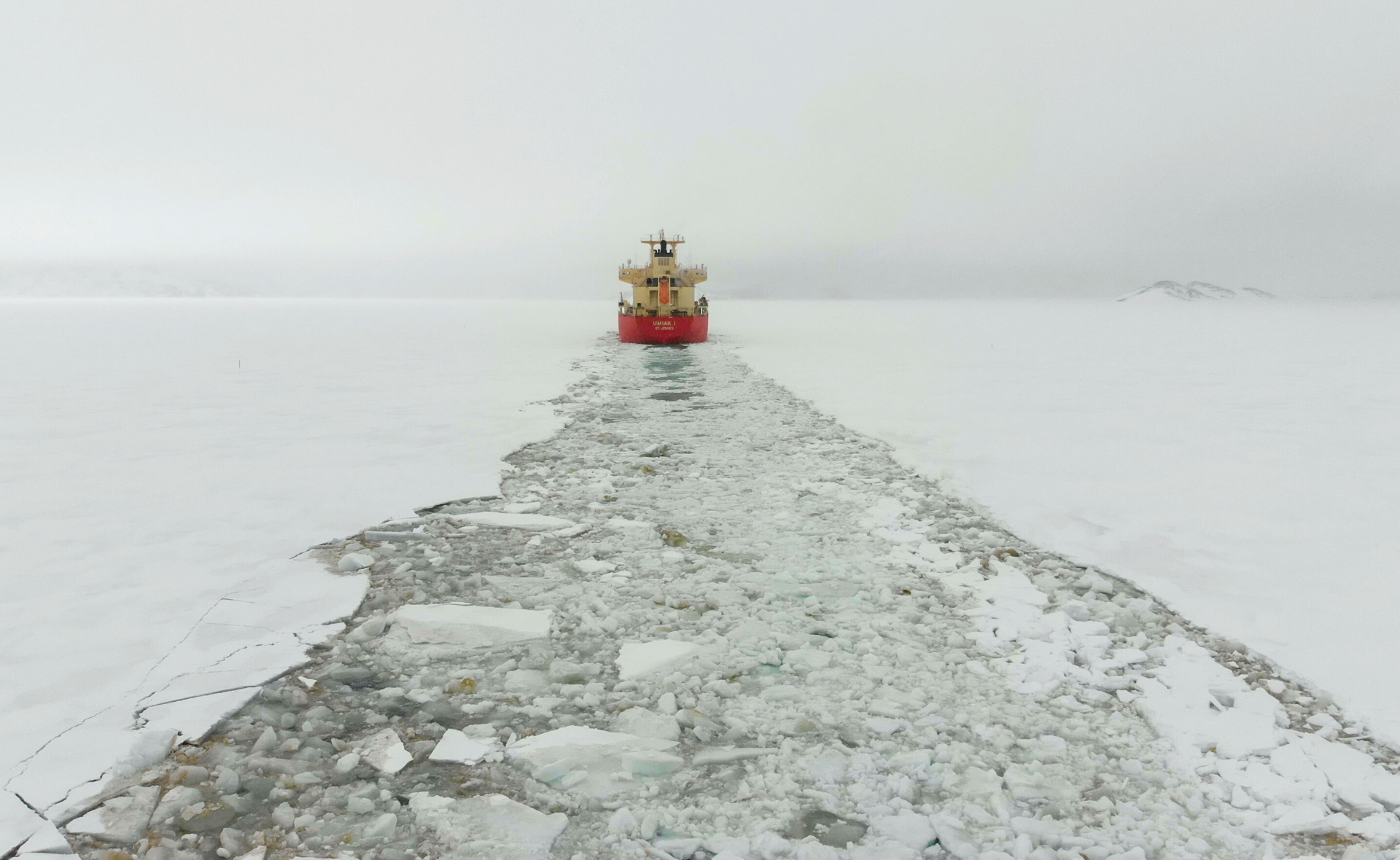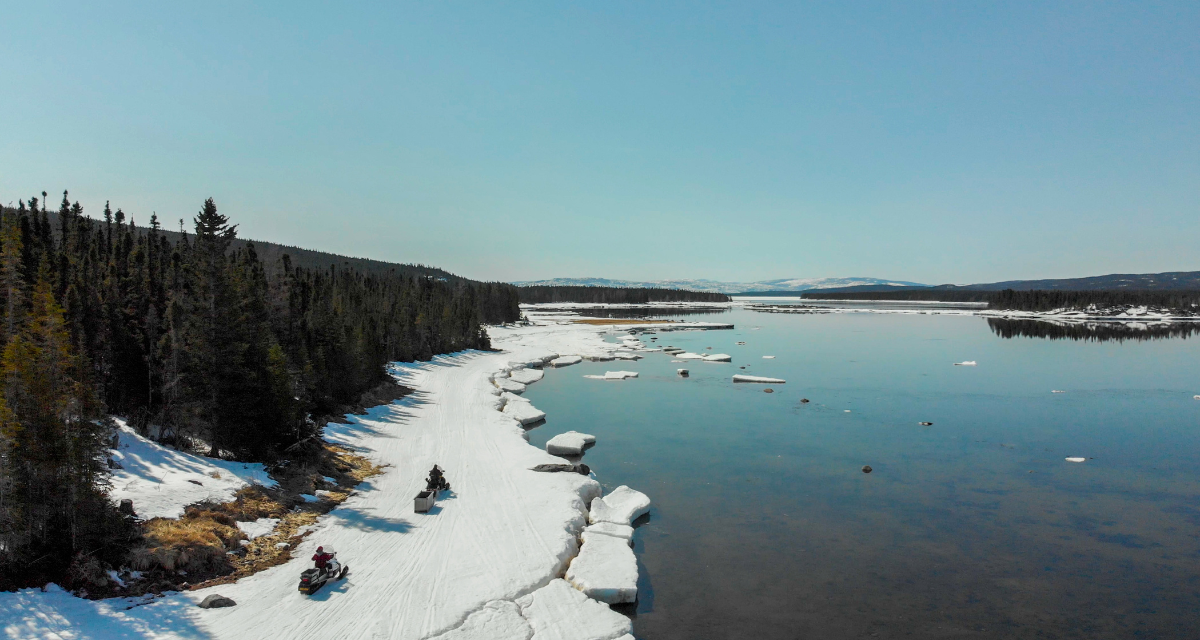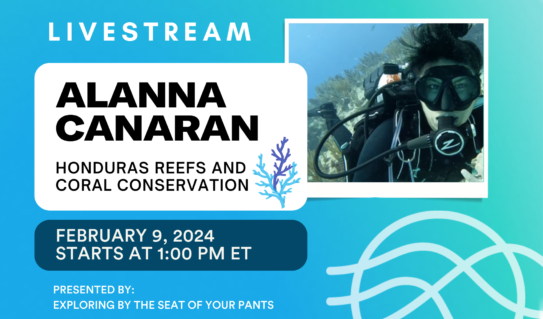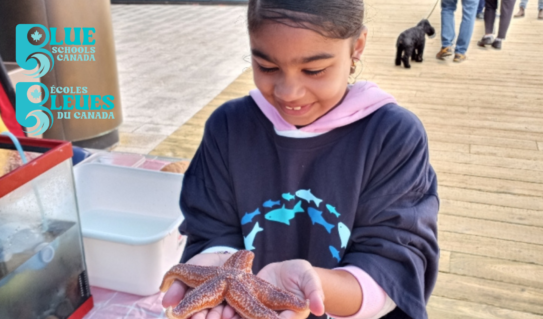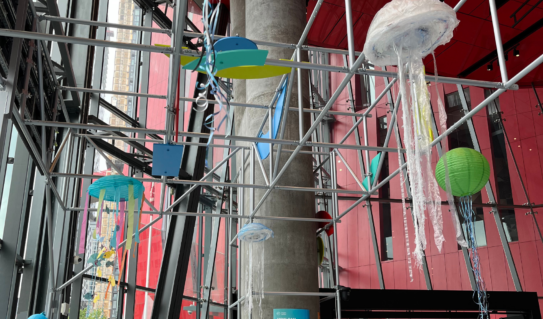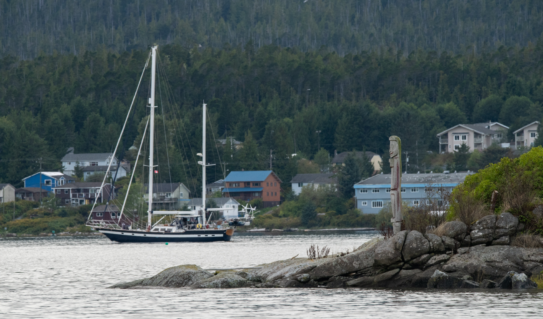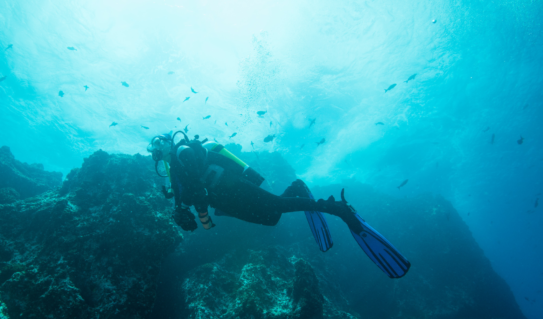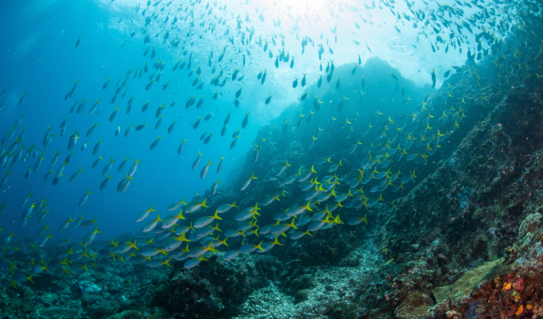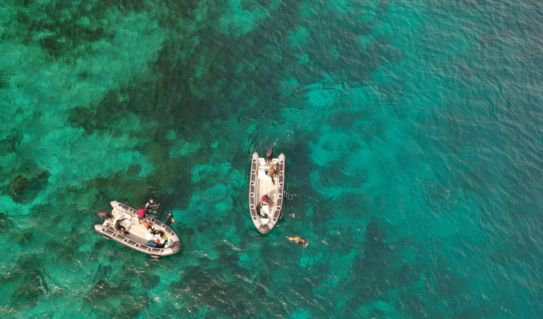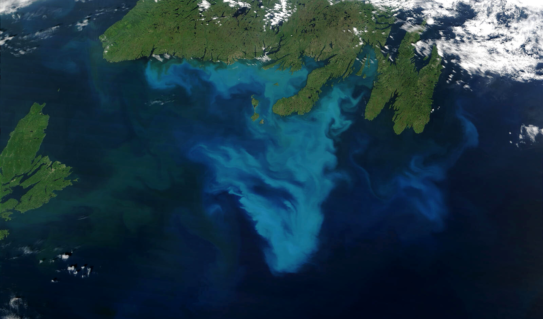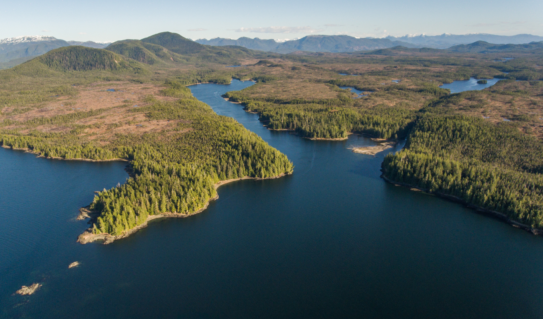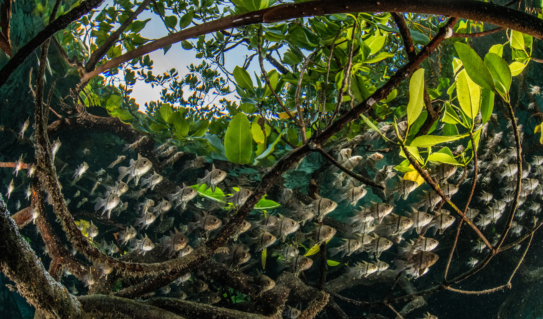Canada thus far has established 14 MPAs, covering over 350,000 square kilometres or about 6% of the country’s ocean and coastal area. Three are in the Arctic, three in the Pacific, and eight in the Atlantic. These MPAs meet requirements laid out under Canada’s Oceans Act.
In Canada, the activities allowed in an MPA are determined based on the conservation objectives of each site. This means activities that may seem incongruent with a protected area, such as oil and gas exploration and mining, were initially legal in some Canadian MPAs. But in 2019, Canada strengthened protection measures by banning four industrial activities: oil and gas activities; mining; dumping; and bottom trawling. The catch is that in MPAs that previously allowed oil and gas activities or bottom trawling, these activities may be allowed to continue. In the case of Tuvaijuittuq, activities that may continue include wildlife harvesting by the Inuit, national defence activities, and marine scientific research.
Another mechanism for conserving marine areas is called Other Effective Area-Based Conservation Measures or OECMs. These, for example, can be areas managed by Indigenous communities or regions with fisheries closures that are designed to allow stocks to recover or to protect marine animals, such as whales who need to be safeguarded from entanglements in fishing lines or ship strikes. The goals of an OECM are different from those of an MPA, but they both likewise achieve real conservation outcomes.
The Intergovernmental Panel on Climate Change’s (IPCC) most recent report, released in early 2022, states that to maintain sufficiently resilient biodiversity and ecosystem services, such as clean water, air and food, depends on protecting 30 to 50% of Earth’s area – land, freshwater and ocean. So far, 8% of the global ocean is protected, with only 2% fully or highly protected. (On land it’s about 15%, for freshwater bodies, 21%.)
If we count both MPAs and OECMs, 14% of Canada’s ocean area is protected today. But this is only a first step.
In 2020, our government joined the Global Ocean Alliance, committing alongside 71 other countries to protect 30% of our ocean territory by 2030, in line with the IPCC’s recommendation.
MPAs and OECMs are our tools for meeting these conservation goals. By understanding what they are and how they work, we can support efforts, especially Indigenous-led conservation such as the Tuvaijuittuq MPA and its outcomes for the ecosystem and local people, to meet our commitment to a healthy ocean and planet.
